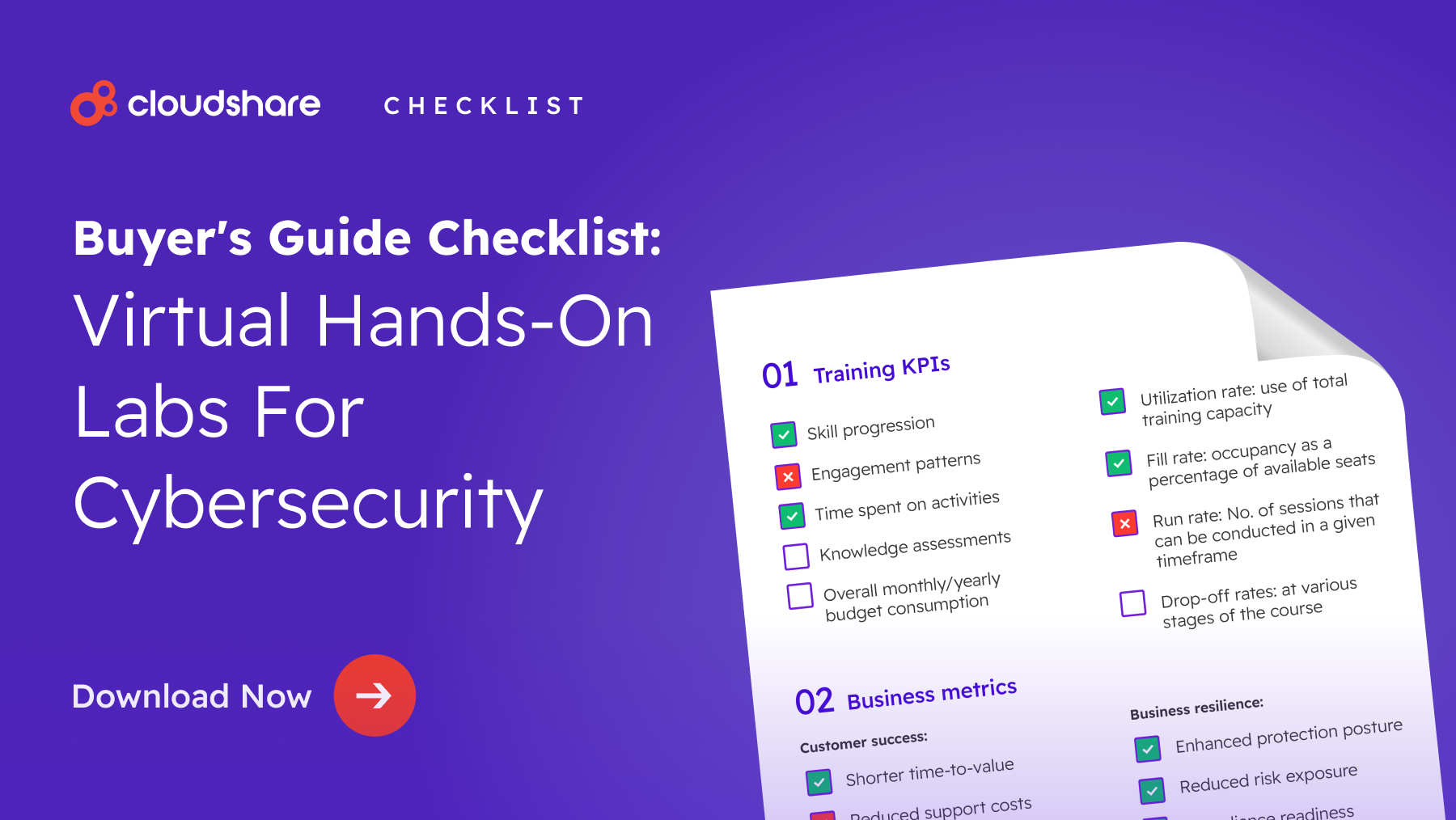Glossary
Learning Experience Platform (LXP)
What Is a Learning Experience Platform?
A learning experience platform (LXP) is a software-based solution designed to help an organization improve its learning and development efforts through deeper personalization and learner engagement. It consolidates a wide selection of learning content from a multitude of sources then makes that content accessible via intuitive, personalized user portals. Many LXP solutions also incorporate artificial intelligence to assist in personalization, content management and content generation.
All of this is done in the interest of providing a better hands-on learning experience, one that embraces self-paced training in lieu of other methods like virtual instructor-led training.
How Does a Learning Experience Platform Work?
There’s a great deal of confusion surrounding the core features and functionality of learner experience platforms. This is largely due to the fact that until fairly recently, no one really bothered to come up with a definitive definition of what they are or what they do. Instead, many vendors were content to nebulously explain how their software could improve the user experience.
To make matters worse, some LMS vendors even began mislabeling their software as a learning experience platform, pointing to features such as gamification and social integration. Fortunately, as the LXP market matured, the question of what constituted an LXP became significantly easier to answer. This came hand in hand with the emergence of several key defining features:
Content Aggregation
A learning experience platform indexes and aggregates training content from elsewhere in an organization, typically through integration with that organization’s learning management system. This includes tagging and organizing content according to an organization’s learning and development schema.
Some learning experience solutions take things a step further and even provide an organization with content creation and curation tools.
Analytics and Reporting
Most LXPs provide the organization that deploys them with a robust set of analytics tools — or, failing that, have the capacity to integrate with other tools such as virtual labs and learning management systems. This allows organizations to monitor the progress of each individual learner, identifying potential issues with training material while also determining when and how to reach out to a learner who may be struggling.
AI-Driven Personalization
LXP products are all about providing users with a personalized learning experience. Most of them achieve that via predictive AI. Leveraging details such as role, department, search history, content history, interests, and assessments, the platform determines the learning pathways and resources that are likely most relevant to each user.
This could even include recommending peers and mentors with which the user might connect for collaborative learning.
User-Centric Design
LXPs provide users with full autonomy and complete control over their learning activities and goals. They often allow users to create their own personalized lesson plans, map out their own skills and competencies, and assemble their own list of relevant training content. This self-directed, on-demand approach has the added benefit of encouraging continuous learning and development.
Benefits of Using a Learning Experience Platform
The advantages of using a learning experience platform include:
- A more engaging learning environment.
- Easier implementation of blended learning and hybrid learning.
- Improved engagement thanks to deeper personalization.
- Insight into possible hidden skill and knowledge gaps.
- Support for employee personal and professional development.
- Flexible, accessible on-demand training.
- Increased knowledge sharing and collaboration.
The Difference Between Learning Management Systems and LXPs
It’s a common misconception that learning experience software represents an evolution of traditional learning management systems. This is not at all helped by the multitude of LMS vendors who, after adding a few UX-focused features to their product, rebrand it as an LXP. The reality is that the two solutions are both incredibly different and, in most cases, relatively complimentary.
Learning management systems provide a framework for developing, managing and delivering formal training content, whether internally to employees or externally to customers and/or business partners. They frequently include functionality geared towards scheduling and registration, courseware management and compliance training. While many learning management systems do include user experience focused features, the key difference is that these features are still maintained and distributed in a top-down format.
That is to say that learning management systems put control entirely in the hands of instructors and administrators.
With an LXP, training is distributed via a bottom-up approach. Control is placed entirely in the hands of the end user, and participants are free to pursue their learning and development goals in their own way and on their own time. LXPs also tend to be geared far more towards personalization and aggregation — as mentioned earlier, they often integrate with learning management systems in order to provide access to training materials.
With that said, LXPs often tend to be open systems that allow anyone within an organization to produce and publish training content.
Many organizations will gain the most benefit from deploying both an LXP and an LMS, as this will allow them to support both formalized training and self-directed learning.


